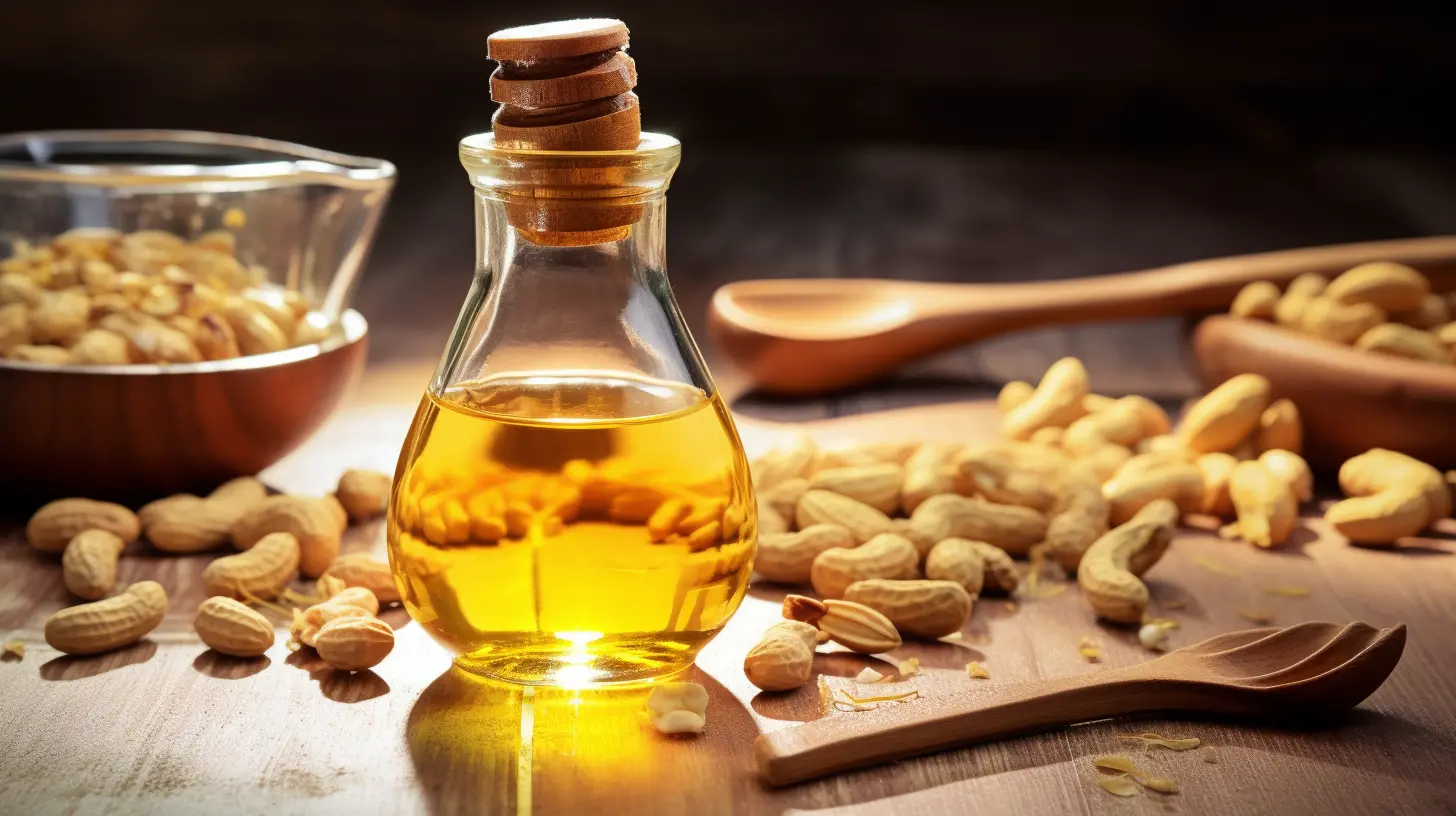
In today's market, consumers are increasingly demanding high - quality peanut oil. However, many are troubled by common quality issues such as low nutritional value, strange odors, and low purity. These problems not only affect the taste of cooking but also pose potential threats to health. So, what exactly makes high - quality peanut oil? This article will take you through the detailed production process.
The quality of raw materials is the foundation of high - quality peanut oil. Peanuts need to go through strict pretreatment before entering the production line. First, a grading sieve is used to remove impurities such as soil, stones, and broken shells. According to industry statistics, about 3 - 5% of impurities can be removed through this step, which greatly improves the purity of raw materials. Then, defective peanuts, including moldy, damaged, and under - ripe ones, are separated. For example, moldy peanuts may contain aflatoxin, a strong carcinogen. If not removed, it will seriously affect the quality and safety of peanut oil. A single moldy peanut in every 1000 peanuts can increase the risk of aflatoxin contamination in the final product by about 10%.

Baking is a crucial step in the production of peanut oil. The baking temperature needs to be precisely controlled. Generally, a temperature range of 120 - 150°C is appropriate. At this temperature, the peanuts can develop a rich aroma, and the oil - containing cells in the peanuts are also more easily broken, which is beneficial for subsequent oil extraction. If the temperature is too low, the peanuts will not be fully baked, resulting in a lack of aroma in the oil; if the temperature is too high, the peanuts may be charred, producing harmful substances and affecting the taste of the oil.
After baking, the peanuts are crushed. This step can significantly improve the oil - extraction rate. Through crushing, the oil - containing cells in the peanuts are broken, and the contact area between the peanuts and the oil - extraction equipment is increased. Experiments have shown that after proper crushing, the oil - extraction rate can be increased by about 5 - 8% compared with uncrushed peanuts.
During the oil - extraction process, strict parameter control is required. The pressure, temperature, and time of oil extraction all have an impact on the quality and yield of peanut oil. For example, a pressure of 30 - 50 MPa and a temperature of 60 - 80°C are usually used to ensure a high oil - extraction rate while maintaining the nutritional value of the oil. The entire oil - extraction process is a delicate balance between efficiency and quality.

In some cases, peanut oil needs to be refined. The main purpose of refining is to remove impurities, odors, and free fatty acids in the oil, further improving the quality and stability of the oil. The refining process usually includes degumming, deacidification, decolorization, and deodorization. For example, degumming can remove phospholipids in the oil, which can prevent the oil from becoming cloudy during storage. Decolorization can remove pigments in the oil, making the oil more transparent and clear.

Let's take a well - known peanut oil brand as an example. Through strict implementation of the above production processes, the brand's peanut oil has a high oil - extraction rate of up to 45 - 50%, and the content of unsaturated fatty acids in the oil is as high as 80%. Moreover, the brand's peanut oil has passed multiple quality certifications, which is well - received by consumers.
In conclusion, the production of high - quality peanut oil requires strict standards and exquisite craftsmanship at every step. Our brand adheres to these high - quality production processes, ensuring that every drop of peanut oil is of the highest quality. Choose our peanut oil and experience the high - quality deliciousness under strict standards! Are you ready to make the right choice for your kitchen?

